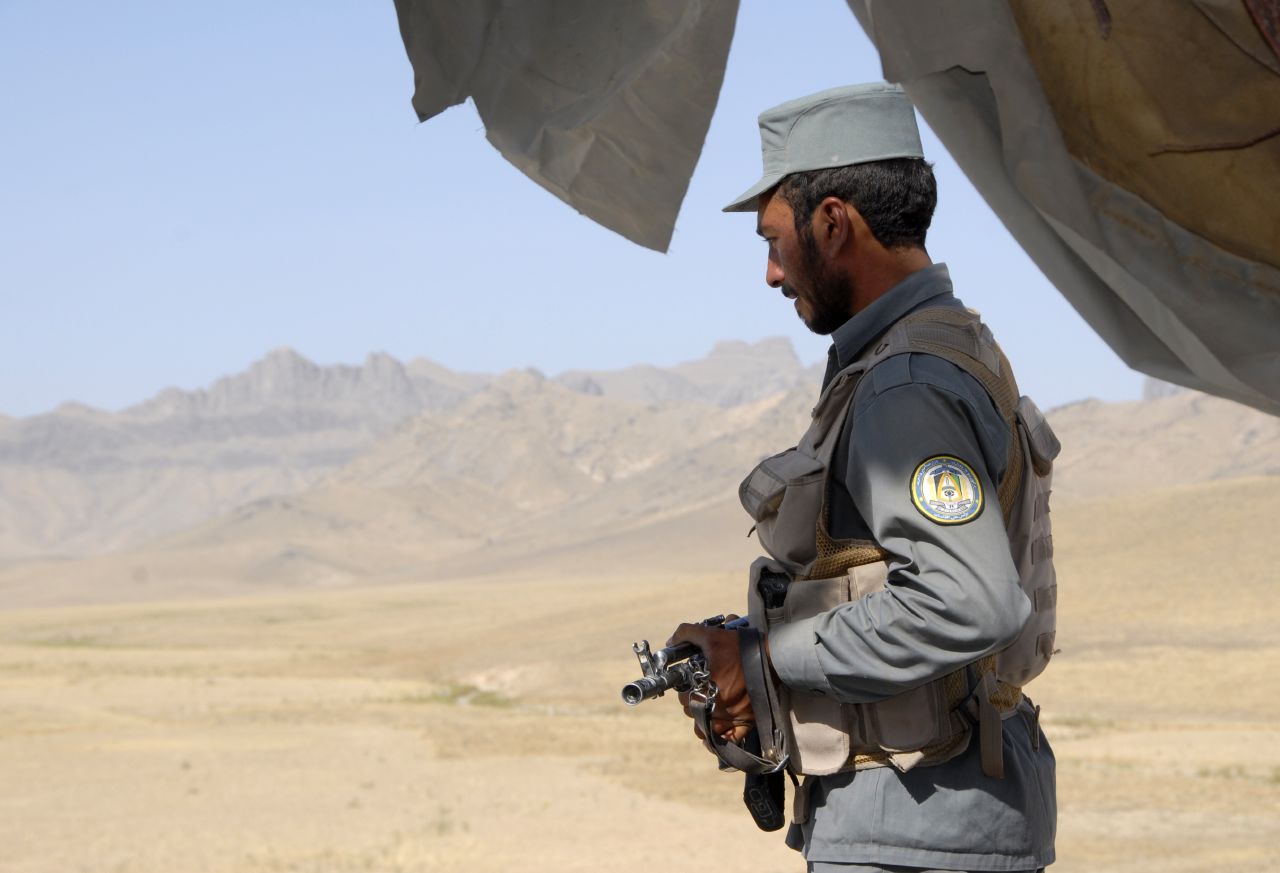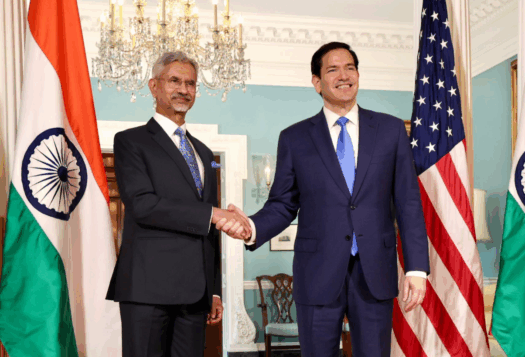
Borders strengthen the intrinsic human need for physical protection and the ownership of property. Such protection is meaningless unless the border in question is understood as distinct and separate. In this light, the initiative taken by Pakistan to secure the Durand Line—the boundary between itself and Afghanistan—should be seen as a friendly country’s fortification of a currently unfenced border. Such fortification will help both countries maintain peace and prevent cross-border terrorism. However, Afghanistan has often appeared an unwilling partner in securing the border and, as such, needs to publicly state its position on the Durand Line, which has been disputed for years. Decisions made on a bilateral basis will likely produce more benefits than unilateral efforts. Consequently, Pakistan’s current unilateral actions to fortify its border may lead to short-term security gains for Pakistan, but without meaningful cooperation with Kabul, Afghanistan may become more hospitable to terrorists in the long-term, negatively affecting both countries.
Pakistan has already taken steps to secure its side of the border. Currently, there are eight formal border crossings between Pakistan and Afghanistan. In addition to these eight, the Pakistani military has said it will build 18 proper border crossings with Afghanistan to regulate cross-border movement. These measures will likely secure Pakistani territory in the short-term by making it more difficult for terrorists to enter Pakistan.
The need for well-regulated border crossings between Pakistan and Afghanistan is important given the historical flow of Afghans into Pakistan searching for economic opportunities. As such, a major priority of Pakistan’s border policy should be providing security without stopping the flow of Afghan traders and investors into Pakistan. Namely, security concerns need not harm trade relations. The Automated Commercial Environment system developed by the U.S. Customs and Border Protection (CBP) agency could serve as a useful example. Before reaching the first point of entry, all visitors must provide the CBP with electronic information regarding what they are transporting. This information aids the CBP in developing policies and procedures to improve the collection of the data and prepare actionable intelligence to counter threats along U.S. borders. Employing a system like this could make it easier for Pakistani border security agents to keep track of what—and potentially who—is legally entering the country.
Pakistan’s major security concerns with regard to Afghanistan have evolved. Where once Pakistan was primarily concerned with the flow of unregistered Afghans, the focus has shifted to preventing terrorism. After undertaking a large-scale campaign to eradicate terrorist sanctuaries in the Federally Administered Tribal Areas (FATA) earlier this year, Pakistan does not want new terrorist groups, like the Afghan branch of the Islamic State (IS), to expand its territory. In March, after five Pakistani soldiers were killed in a cross-border attack, Pakistan’s Chief of Army Staff, Qamar Javeed Bajwa, stated: “Terrorists are [a] common threat and must be denied freedom of movement/action along the border.” He also emphasized that Afghan troops are needed to match Pakistan’s border security efforts.
Suicide attacks on February 13 in Lahore and February 15 in Peshawar were carried out by militants hiding near the Pakistan-Afghanistan border. In addition, IS has also claimed responsibility for several terrorist attacks inside Pakistan. IS and its affiliates have also been responsible for attacks in Afghanistan, with Kabul claiming the militants have found safe haven in Pakistan.

These attacks are intended to destabilize the governments of both countries, driving them away from each other when both of countries’ interests would be better served through cooperation in confronting a common enemy. Thus, Afghanistan’s uncooperative position on border management has given Pakistan no other option but to create secure zones for its own country. This action could create a security vacuum along the Afghan side of the border as militant groups enjoy a relatively unregulated safe haven. Consequently, Afghanistan is inviting hostility through its own refusal to cooperate. According to human rights activist Fatima Atif, there can be no long-term solution until the Pakistan-Afghan border is regulated effectively.
Unilateral action will likely harm both countries’ common interests in trade, fighting terrorism, and reconciliation in Afghanistan. Based on its inaction, Afghanistan does not appear to want an equal partnership in this initiative. This reluctance presents Pakistan with a conundrum since taking unilateral action will not serve Pakistan’s long-term security and political interests, but it seems to have little choice. While Pakistan’s policies have alienated the business community in Afghanistan, India has offered them a “liberalized” visa policy and continues to relax restrictions on medical tourists. Borders should be seen as a means to maintain peace, not intensify restrictions that create tension and resentment.
Best practices for border management have already been outlined by the United Nations Counter-Terrorism Center (UNCCT) and the Global Counterterrorism Forum (GCTF). Once Pakistan and Afghanistan agree to a joint border security initiative, the best practices set out by these forums can be adjusted to each countries’ respective security interests. It is too early to comment on the effect Pakistan’s border security initiative will have on its relations with Afghanistan, or how the initiative will affect Pakistan’s strategic interests. These effects should be closely monitored, however, to make sure they do not harm either country’s interests. Afghanistan needs to realize that showing no concern for Pakistan’s border security initiative will enlarge the existing security vacuum for militants and extremist groups within its own country. If a joint initiative is undertaken now, the border between Pakistan and Afghanistan could provide a true example of how secure borders maintain peace.
***
Image 1: Nasha Ila via Flickr.
Image 2: Pierre Gazzola via Flickr.


